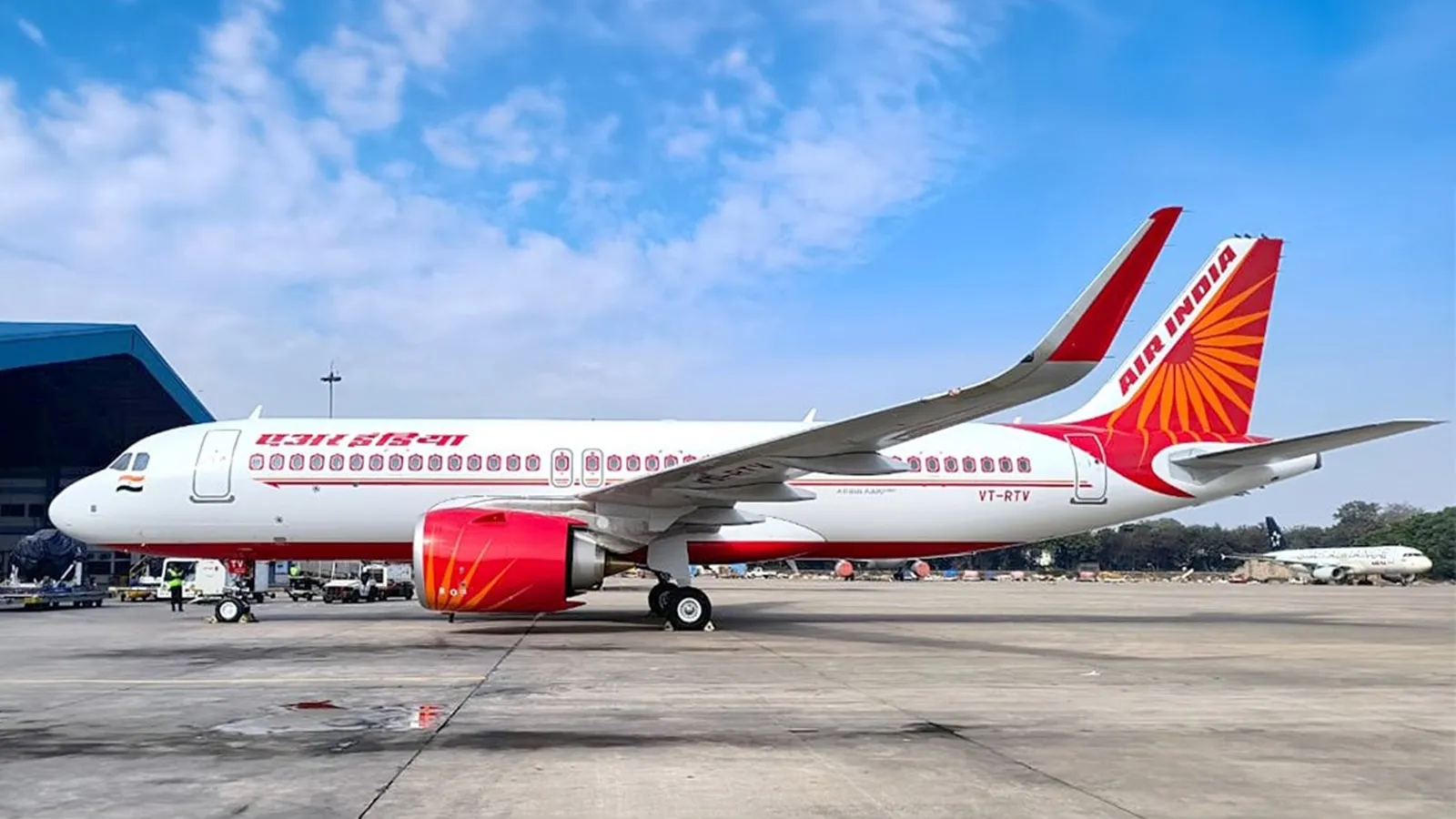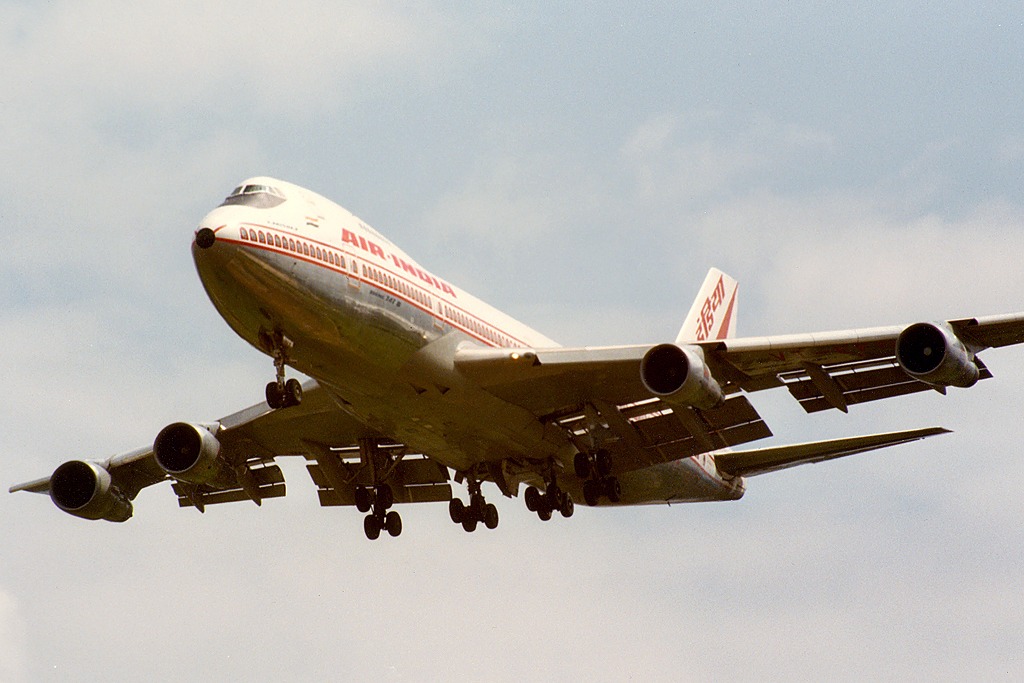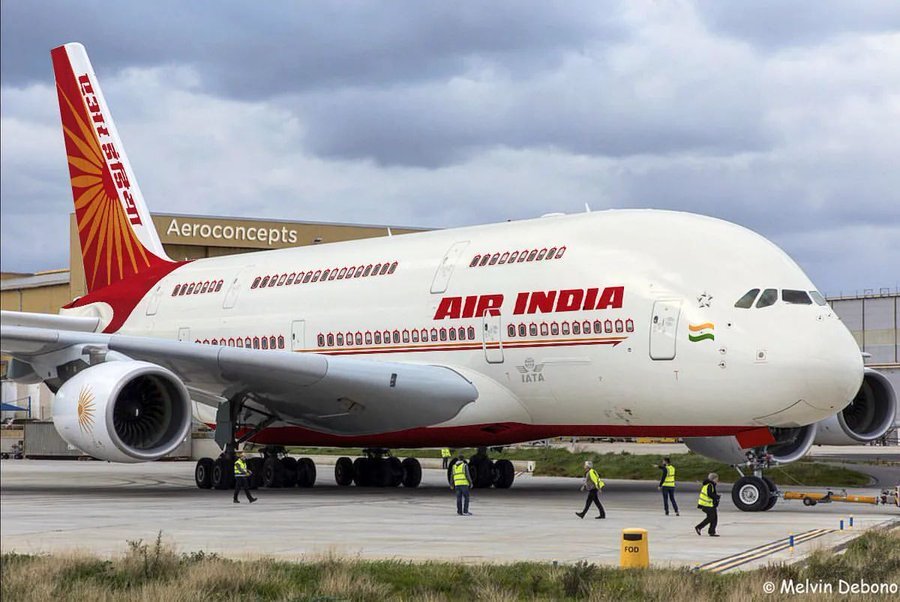Air India, the flagship carrier of India, has been an emblem of national pride and a symbol of the country’s aviation prowess since its inception. With a history that spans over eight decades, the airline has seen numerous transformations, both operational and strategic. As of 2024, Air India stands at the cusp of a significant transformation, driven by modernization efforts, strategic alliances, and a renewed focus on customer experience. This article delves into the current state of Air India, highlighting its recent achievements, challenges, and future prospects.
A Historical Perspective Air India

Air India’s journey began in 1932 when J.R.D. Tata, an industrialist and aviator, founded Tata Airlines. The airline started with a single aircraft, carrying mail and passengers between Karachi and Madras. In 1946, Tata Airlines became a public limited company and was renamed Air India. The government of India acquired a majority stake in 1953, making it the national carrier.
Over the decades, Air India expanded its fleet and network, becoming one of the largest airlines in Asia. The iconic Maharaja mascot and the distinctive red and white livery became synonymous with the airline, representing Indian hospitality and culture. However, the airline faced numerous challenges, including financial instability, operational inefficiencies, and intense competition from both domestic and international carriers.
Recent Developments
- Privatization and Tata Group Acquisition
One of the most significant developments in Air India’s recent history is its privatization. In January 2022, the Indian government completed the sale of Air India to Tata Group, marking the airline’s return to its original founders. This move was aimed at reviving the struggling carrier by leveraging Tata Group’s extensive experience and resources.
The acquisition included Air India, India Express, and a 50% stake in India SATS Airport Services. Tata Group’s vision for Air India is to restore its glory and transform it into a world-class airline. The group has committed to investing in modernizing the fleet, improving operational efficiency, and enhancing customer service.
- Fleet Modernization

A crucial aspect of Air India’s transformation is fleet modernization. The airline has announced plans to phase out older aircraft and replace them with newer, more fuel-efficient models. In 2023, Air India placed a substantial order for Boeing 787 Dreamliners and Airbus A350s. These new aircraft are expected to offer enhanced passenger comfort, reduced maintenance costs, and improved fuel efficiency.
The fleet modernization program also includes refurbishing the interiors of existing aircraft, introducing new seats, in-flight entertainment systems, and upgraded cabin amenities. This move is aimed at competing with other full-service carriers and attracting premium passengers.
- Digital Transformation
In the digital age, enhancing technological capabilities is paramount for any airline. Air India has embarked on a digital transformation journey to improve operational efficiency and customer experience. The airline is investing in advanced IT systems for revenue management, inventory control, and customer relationship management.
The introduction of a new mobile app and website has made booking flights, managing reservations, and accessing information more convenient for passengers. Additionally, Air India is exploring the use of artificial intelligence and big data analytics to personalize services and optimize operations.
- Customer Experience Enhancement
Air India is placing a strong emphasis on enhancing customer experience. The airline has introduced several initiatives to improve service quality, both on the ground and in the air. These include better training for cabin crew and ground staff, streamlining check-in and boarding processes, and upgrading lounges at major airports.
The inflight experience is also being revamped with improved meal options, enhanced entertainment systems, and more comfortable seating arrangements. The goal is to provide a consistent and superior experience across all touchpoints, ensuring customer satisfaction and loyalty.
Challenges and Opportunities
- Financial Health

Despite the positive developments, Air India continues to face financial challenges. The airline has accumulated significant debt over the years, and achieving financial stability remains a top priority. Tata Group has outlined a comprehensive plan to restructure the airline’s finances, including debt reduction, cost optimization, and exploring new revenue streams.
- Competitive Landscape
The aviation industry in India is highly competitive, with several low-cost carriers (LCCs) and full-service airlines vying for market share. Air India must navigate this competitive landscape by offering unique value propositions and differentiating itself from competitors. The focus on premium services, coupled with competitive pricing, can help the airline attract both business and leisure travelers.
- Operational Efficiency
Improving operational efficiency is critical for Air India’s success. The airline is working on streamlining its operations, reducing turnaround times, and optimizing flight schedules. Investing in advanced maintenance techniques and predictive analytics can help minimize downtime and ensure the reliability of the fleet.
- Global Expansion
With the Tata Group’s backing, Air India is well-positioned to expand its global footprint. The airline plans to increase its international routes, focusing on high-demand destinations in North America, Europe, and Asia. Strategic alliances and code-sharing agreements with other global carriers can enhance connectivity and provide passengers with more travel options.
Future Prospects
The future of Air India looks promising, driven by strategic initiatives and the commitment of Tata Group. The airline’s vision is to become a leading global carrier, known for its quality service, operational excellence, and customer-centric approach. Key areas of focus for the future include:
- Sustainability Initiatives
Air India is committed to sustainability and reducing its environmental impact. The airline is exploring the use of sustainable aviation fuels (SAFs), investing in more fuel-efficient aircraft, and implementing eco-friendly practices across its operations. Sustainability will be a core component of India’s strategy as it aims to align with global environmental standards.
- Innovative Services
Innovation will play a vital role in Air India’s growth. The airline plans to introduce new services and offerings to meet the evolving needs of passengers. This includes premium economy class, personalized travel experiences, and partnerships with hospitality and tourism companies to offer seamless travel packages.
- Talent Development
Investing in human resources is crucial for Air India’s success. The airline is focused on attracting and retaining top talent across all levels. Training and development programs for employees, coupled with a positive work culture, will ensure that Air India has a skilled and motivated workforce to drive its growth.
- Community Engagement
As a national carrier, Air India has a responsibility towards the community. The airline is involved wdbos login alternatif in various corporate social responsibility (CSR) initiatives, including supporting education, healthcare, and disaster relief efforts. Strengthening community engagement will enhance India’s reputation and build goodwill among stakeholders.
Conclusion
Air India’s journey from its humble beginnings to becoming a global carrier is a testament to its resilience and adaptability. Under the stewardship of Tata Group, the airline is poised for a significant transformation, focusing on modernization, customer experience, and operational excellence. While challenges remain, the strategic initiatives and vision for the future provide a solid foundation for Air India’s growth. As the airline navigates the skies with renewed vigor, it is set to reclaim its position as a symbol of Indian aviation pride and global excellence.
Read More Article About “Beagle Cerdas Terpopuler: Keunggulan, Karakteristik, dan Tips 1 Perawatan“



